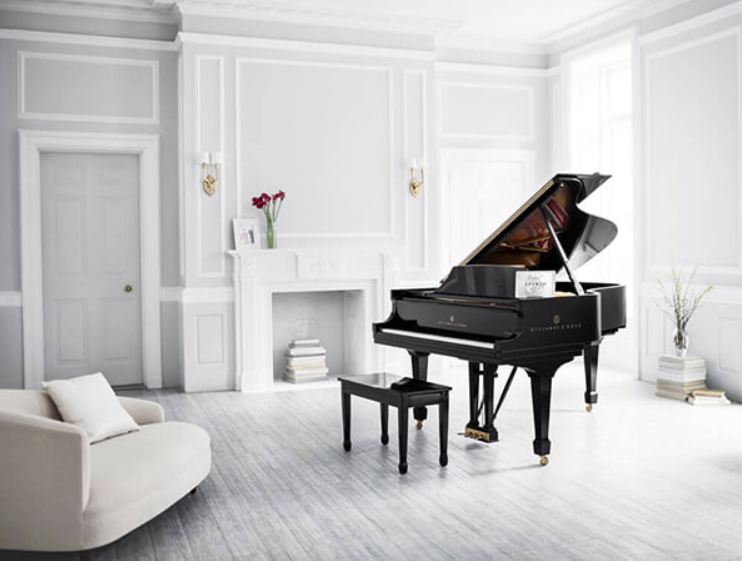
Moving a piano is not just about transferring an item from one place to another; it’s about moving a valuable and often sentimental piece that requires care, precision, and expertise. Pianos are not only heavy and awkwardly shaped but also delicate, with thousands of moving parts susceptible to damage if not handled correctly. Here we will guide you through the essentials of moving your piano with ease and expertise, ensuring its safety and maintaining its condition throughout the process.
Understanding the Complexity of Pianos
Before we delve into the moving process, it’s crucial to understand what makes pianos particularly challenging to move. Pianos are complex instruments that can weigh anywhere from a few hundred to a thousand pounds or more, depending on the type. Grand pianos, for example, require disassembly to be moved properly, while upright pianos, though relatively easier to handle, still present significant challenges due to their weight and size.
Pre-Move Preparation
- Assess the Piano and Pathway: Evaluate the size and type of piano, the moving distance, and the pathway out of its current location. Identify potential obstacles such as stairs, doorways, and tight corners. This assessment will help you determine the manpower and tools needed.
- Gather the Right Equipment: To move a piano safely, you will need specific tools such as a piano dolly, straps, padding materials, and possibly a piano board. These tools will help distribute the piano’s weight evenly and protect it from damage.
- Hire Professionals or Seek Experienced Helpers: Given the complexity and risks involved in “Klaviertransport,” hiring professional movers who specialize in pianos is highly recommended. If professional help is not an option, ensure that you have a team of strong, experienced helpers.
The Moving Process
- Secure the Piano: For grand pianos, disassemble parts such as the lyre, lid, and music rack. Secure the piano’s movable parts with straps and wrap the body in padding to protect the finish. Upright pianos don’t require disassembly, but they should be wrapped and padded thoroughly.
- Lifting and Transporting: Never lift a piano by its legs, which are extremely vulnerable. Instead, lift from the base. Carefully place the piano on a dolly or piano board for transportation. Ensure the piano is balanced and secure before moving.
- Navigating Through Challenges: When moving through doorways or around corners, take it slow. Plan each move carefully, ensuring that the path is clear and that you have enough helpers to support the weight at all angles.
- Loading into a Vehicle: A vehicle with a lift gate is preferable for loading a piano. Make sure the piano is placed in a position where it will not shift during transport, using straps to secure it in place.
Post-Move Care
Once the piano has reached its new location, the process isn’t quite over. Pianos are sensitive to changes in environment, especially temperature and humidity, which can affect their tuning and overall condition.
- Choosing the Right Spot: Avoid placing the piano near windows, doors, or vents where it can be exposed to drafts, direct sunlight, or moisture. These conditions can cause the wood to warp and the piano to go out of tune.
- Allowing the Piano to Acclimate: Give the piano some time to adjust to its new environment before tuning it. This acclimation period can vary, but a few weeks is generally recommended.
- Tuning and Maintenance: After the piano has acclimated, have it tuned by a professional. This is also a good time to address any maintenance issues that may have arisen during the move.
Conclusion:
Moving a piano requires more than just brute strength; it demands careful planning, the right equipment, and a team of people who understand the value and fragility of the instrument. Whether you decide to hire professionals or tackle the task with the help of experienced friends, preparation is key. By following these guidelines, you can ensure that your piano is moved safely and is ready to bring music to your new space with minimal stress and risk. Remember, the goal is not just to move a piano, but to preserve a piece of art and history that brings joy and beauty into our lives.




